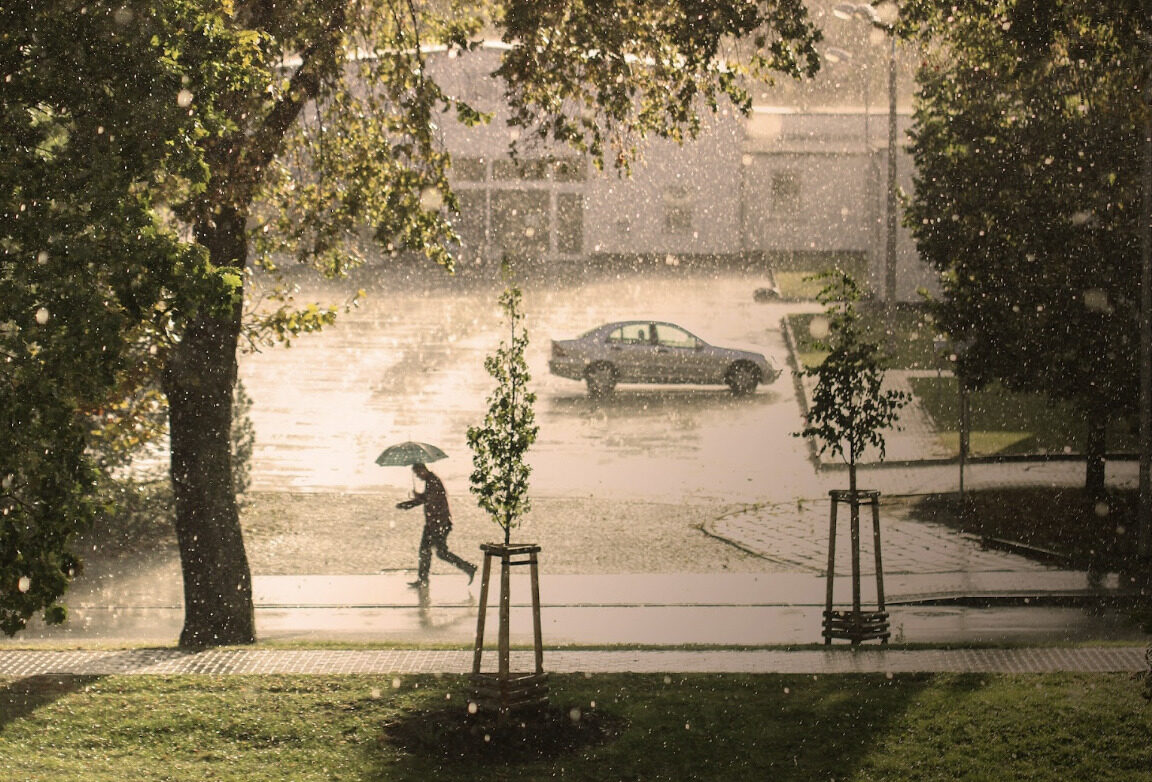Disaster can feel like a devastating blow. When a storm batters your home, you may feel helpless and overwhelmed. In 2022 alone in the US, there were 18 disaster events, including 18 severe storms, 1 winter storm, and 3 tropical cyclone events. These 18 inclement weather events totaled over $1 billion in damage across the country and disrupted the lives of thousands of Americans.
If you live in an area that experiences extreme weather conditions, this guide can help you to recover faster in the aftermath of a storm,
Assess the Damage
The first step to rebuilding after a storm is to assess the damage and understand the extent of the destruction. This is an important step that will help you understand the scope of the project and the resources you’ll need to get the job done.
You should look for structural, water, and other kinds of damage when assessing. Structural damage is often the most severe, including collapsed walls, cracked foundations, and roof damage. Water damage is also severe and can cause mold and mildew if not dealt with quickly. Other types of damage can include broken windows, damaged appliances, and more.
Take Photos and Videos
Photos and videos of the damage are essential to the rebuilding process. Take pictures of your home before any damage occurs in the event of a predicted storm or extreme weather period to compare against the damage caused. This will help you when you file an insurance claim and can provide helpful evidence for any potential legal issues.
When taking photos and videos, it’s essential to include close-up shots of the damage and wide shots of the entire area. You should also take photographs of the damage from multiple angles. You may also want to take photos of the surrounding area to show the extent of the damage.
Contact Your Insurance Agent
Once you’ve taken photos and videos of the damage, the next step is to contact your insurance agent. Your insurance agent will be able to provide you with information about how to file an insurance claim and what kind of coverage you have.
Your insurance agent will need to know the extent of the damage, so it’s essential to provide them with the photos and videos you’ve taken. You should also provide any documentation that you have, such as receipts for repairs and any estimates you’ve received.
Have All Your Utilities Turned Off
Before beginning rebuilding, it’s important to have all your utilities turned off. This includes electricity, gas, and water. This critical safety measure will help ensure that no one is injured during the rebuilding process and can avoid further damage to your home, from damage to pipework or connections.
If you are unsure how to turn your utilities off, call your provider or the state board, who can advise you on how to do this safely or arrange for someone to do this if applicable.
Secure Your Home If Safe To Do So
Once your utilities are turned off, you’ll want to secure your home as much as possible. This can include boarding up windows, covering damaged roofs with tarps, and more. If it’s safe, you may also want to remove any debris left behind by the storm.
If you’re unsure how to secure your home, contacting a professional is best. A professional will be able to assess the damage and provide you with the best options for securing your home.
It’s also essential to check for any potential hazards. This can include downed power lines, fallen trees, and more. If you notice any potential hazards, it’s essential to contact the appropriate authorities immediately.
Find the Right Professionals to Help Rebuild
Once you’ve secured your home and assessed the damage, it’s time to start rebuilding. This is where the right professionals come in.
It’s important to take your time when looking for the right professionals. You want to ensure that you find someone experienced and reliable. You should also make sure that they’re licensed and insured.
Whether this is a contractor to help you rebuild the structure or your home, window, and door fitters to secure your home, or a company such as FIRESTONE Restoration water damage restoration if your property is water damaged.
Conclusion
Rebuilding after a storm isn’t easy, but it can be done. You can rebuild your home and life with careful planning and hard work. From assessing the damage to finding the right professionals, there are a few steps you need to take to get your home back in order. By following the steps outlined in this article, you’ll be able to get started on the road to recovery.

